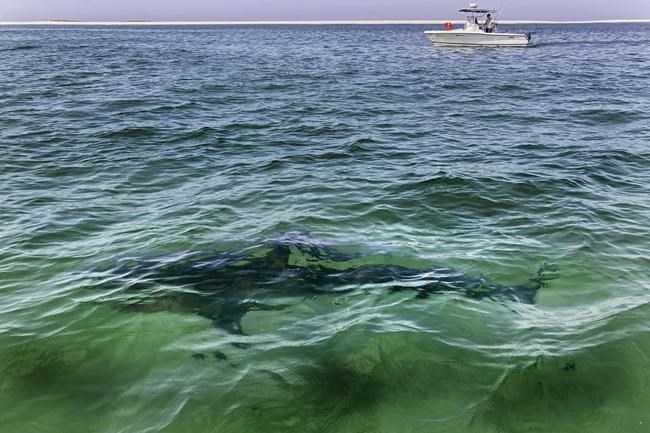Researchers say improved fisheries management and conservation are turning the tide on shark and ray population declines in the Northwest Atlantic.
The study published last week in PNAS journal, titled "Conservation successes and challenges for wide-ranging sharks and rays," says the results show how well-enforced governance coupled with science-based fishing limits can help aquatic life recover.
Lead author Nathan Pacoureau from Simon Fraser University says declines have been halted in three species and that six species out of 11 are rebuilding their numbers.
He attributes the population increase to the implementation of the 1993 U.S. Fishery Management Plan for Sharks of the Atlantic Ocean.
Pacoureau says those regulations include catch reporting requirements, aggregate- and species-specific quotas, and catch prohibitions for some species.
Shark and ray populations have plummeted by as much as 71 per cent over the past 50 years with nearly one-third of these animals threatened with extinction.
This report by The Canadian Press was first published Feb. 1, 2023.
The Canadian Press




